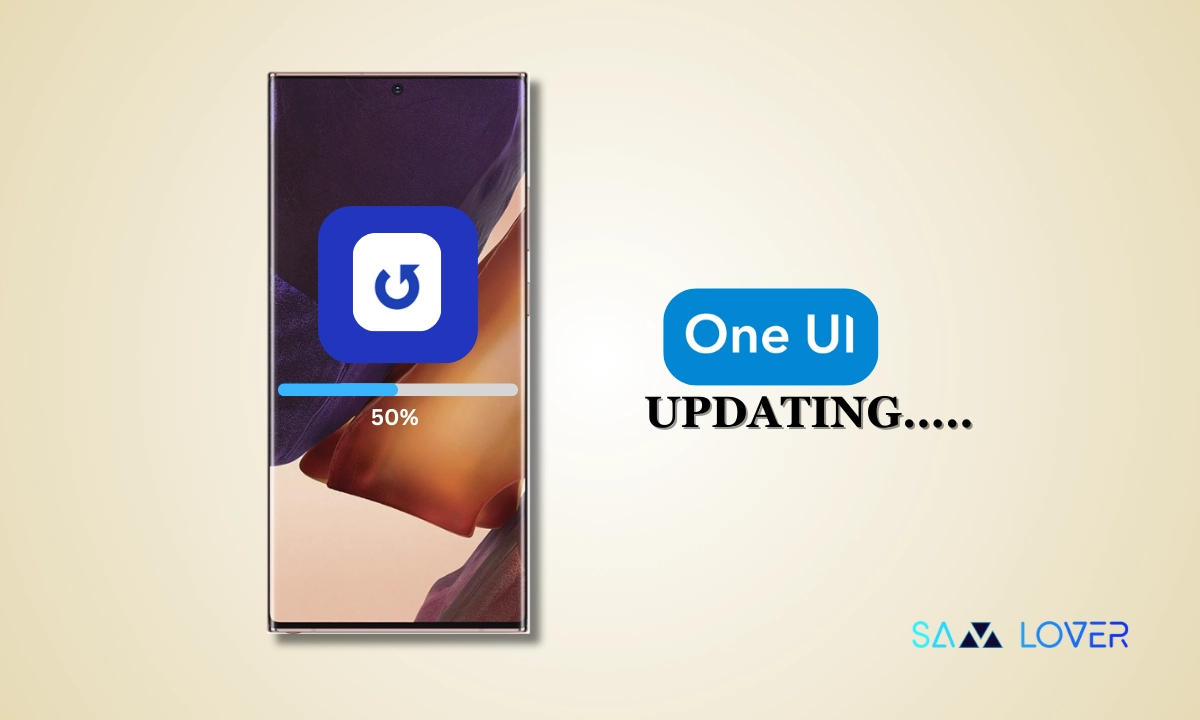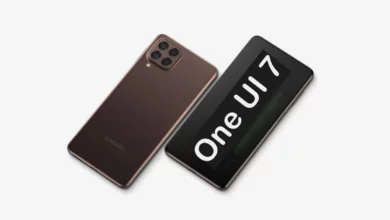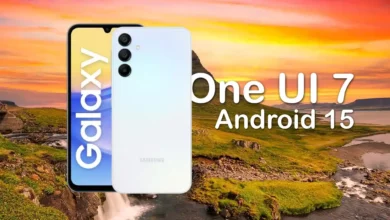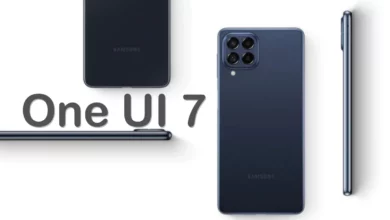Google supports Android seamless updates, but Samsung may defy

Over the years, Google has introduced many new improvements to the Android ecosystem. The seamless updates are also one of the innovations that have been appreciated by every Android user. This was introduced a long time ago, which makes the Android devices more convenient while installing new updates.
If you don’t know, a seamless update means that when you install any new system update on your devices, it will start running in the background and users can still do any kind of task on the device without any limitations, but previously, it was not that easy. If we talk about the older time, when you start installing the update, the phone is stuck in the download menu, and you will not do anything until it reboots and finishes installation. With the seamless download, there are also some new safety features available, like the ability for users to revert the update if something goes wrong.
However, Samsung still hasn’t adopted seamless software updates, which is why Galaxy users still lack this functionality on their devices. For instance, the Galaxy S24 series still doesn’t have seamless update capability.
In the upcoming development, it seems that Google has made it necessary to adopt the seamless software update functionality for all Android devices, including Samsung, but according to Mishaal Rahman, Samsung could still technically avoid using seamless updates; the Korean giant may develop its own update mechanism for use with its devices.
If Google makes it necessary for everyone so it can use the Android compatibility requirements and make changes to them through GMS licensing for Google apps, The company has already done a similar thing in the past with the Android 13, but it didn’t make it necessary; therefore, Samsung is still skipping seamless updates for its new Galaxy devices.
Thanks to “9to5Google“



